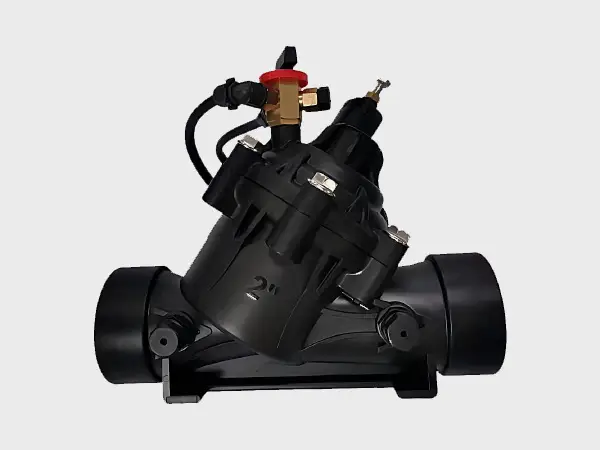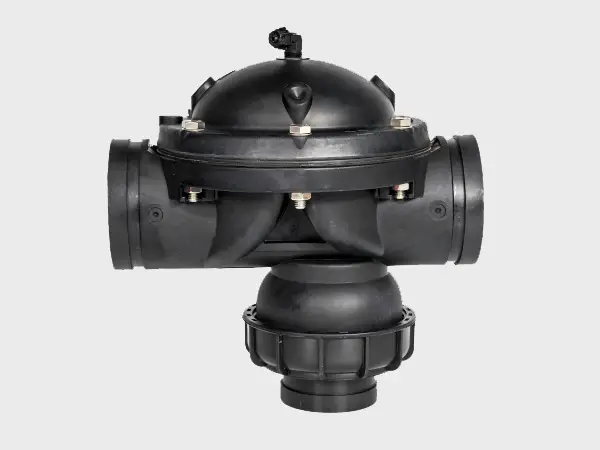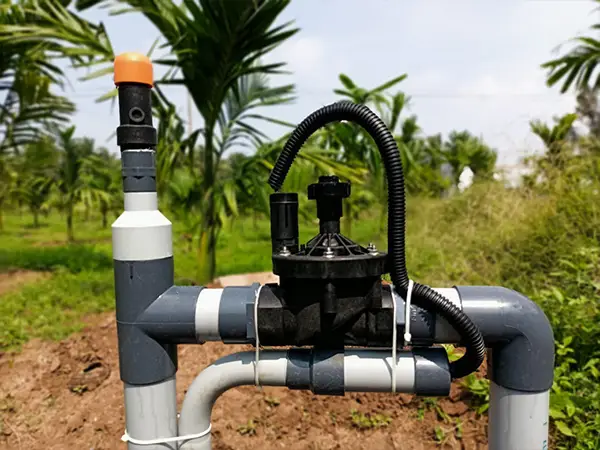
It controls water flow through manual operation, and is suitable for small-scale farms or applications where frequent irrigation adjustments are not needed.
In modern agriculture, an efficient irrigation system is the foundation for ensuring healthy crop growth, and the irrigation valve is a crucial component of it. Irrigation valves are not only responsible for controlling the on and off of water flow but also play a role in regulating water pressure, managing zones, and protecting irrigation equipment. Correct selection and use of irrigation valves can effectively improve irrigation efficiency, conserve water resources, and ensure that crops receive an appropriate water supply.
According to different functions and uses, irrigation valves can be divided into various types:

It controls water flow through manual operation, and is suitable for small-scale farms or applications where frequent irrigation adjustments are not needed.

It uses electricity to control opening and closing, often connected with sensors, and is a core component in automated irrigation systems.

Typically, it includes pressure reducing and sustaining valves to ensure that water flow and pressure in the irrigation system remain within appropriate ranges.

It ensures timely release and intake of air within the pipeline to prevent damage due to negative pressure or air blockage.

It can switch water flow between two pipelines, change the direction of fluid flow, and control the water flow to different outlets.

It regulates the water flow in different pipes within the system or provides a water source for auxiliary equipment without affecting the main system's operation.

It is mainly used to control the on-off of fluids. It can be fully opened to allow water flow through or fully closed to stop the water flow.

It mainly connects 1/4" drip tubes and micro-sprinklers, effectively preventing the phenomenon of seedling damage due to dripping after spraying stops.

Air valve regulates air within the pipeline

Straight valve controls water flow switch

Straight valve controls water flow for zoning irrigation

Solenoid valve automated irrigation control